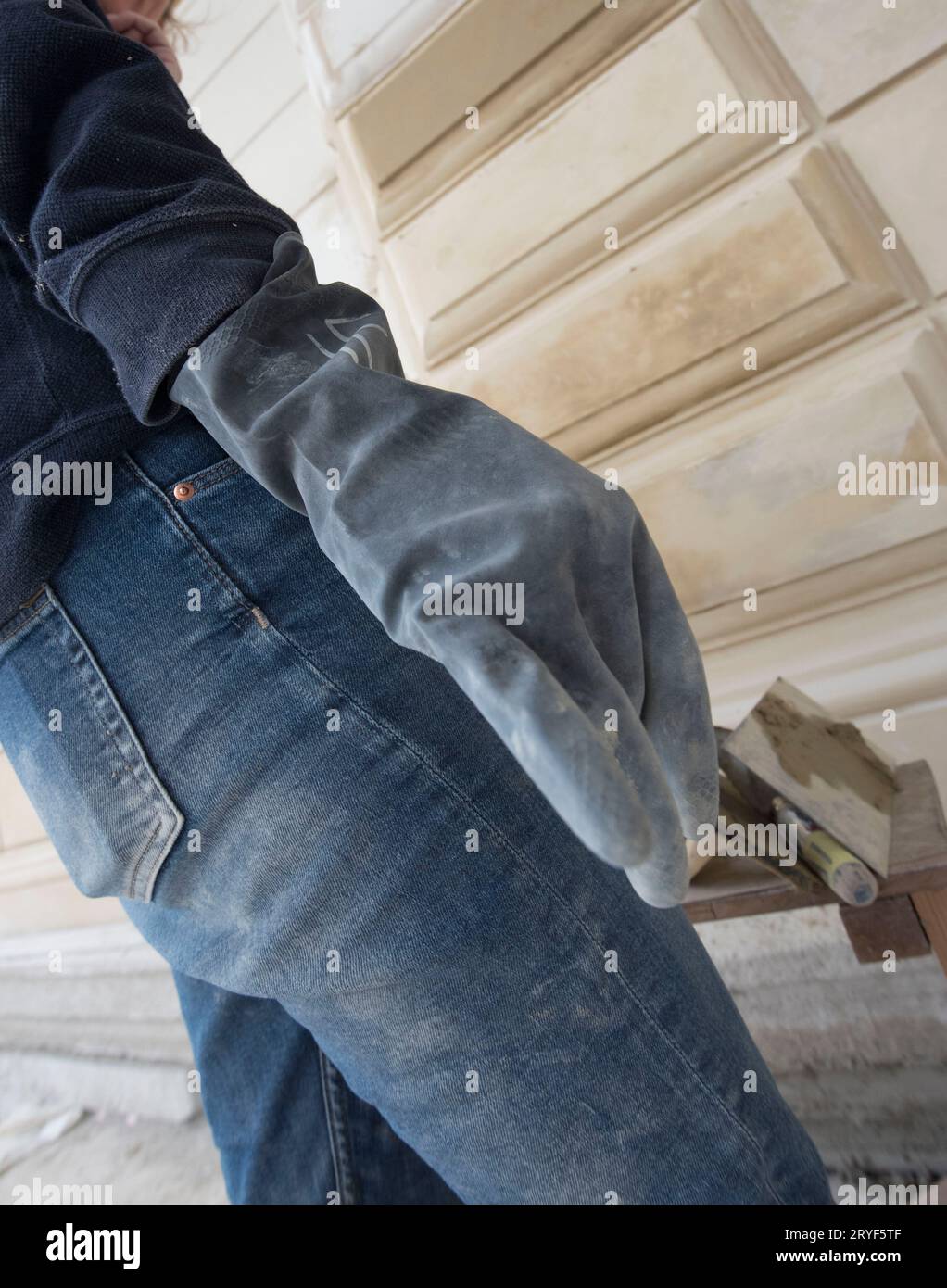Stone has always already been a symbol regarding beauty and durability, enriching our houses and public areas with its ageless appeal. However, after some time, even the most elegant stone floors can succumb to wear and tear, losing their luster and charm. This kind of is where the ability of stone restoration comes into play, offering an approach to breathe fresh life into growing older materials and protect their historical relevance. Whether it's the polished marble countertop or a weathered limestone patio, understanding the techniques and benefits of natural stone restoration can allow homeowners to maintain beauty of their places.
In this guide, many of us will explore everything you need to know concerning stone restoration, by the basics associated with what it includes towards the specific methods for various types of stone. We'll go over the advantages involving hiring professionals versus undertaking DIY tasks, common pitfalls to be able to avoid, and the ideal practices for preserving your stone surfaces. Join us as we delve into the particular world of rock restoration, ensuring that your stone features remain stunning with regard to years to come.
Understanding Stone Restoration
Stone refurbishment may be the process involving returning a stone surface to its original condition or enhancing the aesthetic appeal while preserving its sincerity. This can entail various techniques that will address common problems such as have on, discoloration, and harm. Unique a marble countertop, granite floors, or limestone outdoor patio, each stone form requires specific procedures for restoration, building it essential to understand the unique features and needs of each and every material.
The importance associated with stone restoration stretches beyond mere visual appeal; it also plays some sort of critical role in extending the life expectancy of stone floors. Regular maintenance and restoration prevent smaller issues from increasing into significant troubles, thereby saving homeowners money in the long run. By addressing spots, scratches, and wear early, you not only enhance the particular beauty of typically the stone but also improve its sturdiness and functionality.
Understanding rock restoration involves realizing the correct cleaning, perfecting, and sealing approaches specific to distinct types of rocks. Knowledge of various restoration products plus their proper application is crucial regarding achieving optimal results. Whether considering DIY methods or selecting professionals, having a new grasp of the stone restoration method empowers homeowners to be able to make informed decisions that benefit their cherished stone areas.
Specialized vs. DIY Repair
In terms of stone restoration, homeowners often face the decision of whether to be able to undertake the work on their own or hire a new professional. DIY refurbishment can be an appealing option for those who are useful and want to save cash. Simple tasks, such as cleaning and even basic sealing, is frequently manageable with typically the right tools plus techniques. Homeowners can find numerous resources online that present step-by-step guides and recommendations for products that will work effectively about various types of stone.
However, certain restoration projects require some sort of level of knowledge that only experts possess. Complicated issues, for instance deep chafes, cracks, or etching on surfaces like marble and granite, often necessitate particular knowledge and tools to obtain satisfactory outcomes. Professionals are skilled to measure the condition of the stone and apply the best restoration methods whilst ensuring that typically the integrity of the material is taken care of. Additionally, they can offer long-lasting solutions, when DIY fixes might lead to additional damage.
Ultimately, the option between professional and DIY restoration will come down to typically the scope of the project, the sort of stone involved, and the homeowner's comfort level with the restoration process. Whilst DIY projects may be rewarding, the benefits of professional providers, including quality workmanship and time-saving, usually outweigh the charge intended for extensive or elaborate restorations. It is important to take into account both options cautiously to determine which in turn path will yield the best outcomes for restoring stone surfaces.
Maintenance Tips regarding Natural Natural stone
In order that the durability of your healthy stone surfaces, normal maintenance is fundamental. Begin by cleaning your current stone with some sort of soft cloth or perhaps mop and a pH-balanced cleaner specifically made with regard to natural stone. Stay away from acidic or corrosive cleaners, as they can damage the surface. Wipe up spills immediately to stop staining, especially with porous stones like limestone and travertine.

Sealing your own stone regularly is definitely crucial in protecting it from stains and moisture. Depending on the type of material, the frequency associated with sealing may vary. For example, granitic typically needs to be sealed each one to 3 years, while marbled may need more frequent applications. Perform the water test to be able to check the sealant's effectiveness; if waters beads up upon the surface, the seal is still intact. In case it soaks inside, it’s time and energy to reseal.
In addition, take preventive steps in order to avoid damage. Use coasters under drinks, placemats under warm dishes, and prevent dragging heavy items across the stone. On a regular basis inspect your natural stone for signs of wear or destruction, and address any issues promptly in order to maintain its elegance and integrity. This particular proactive approach will help preserve your natural stone surfaces for years ahead.
